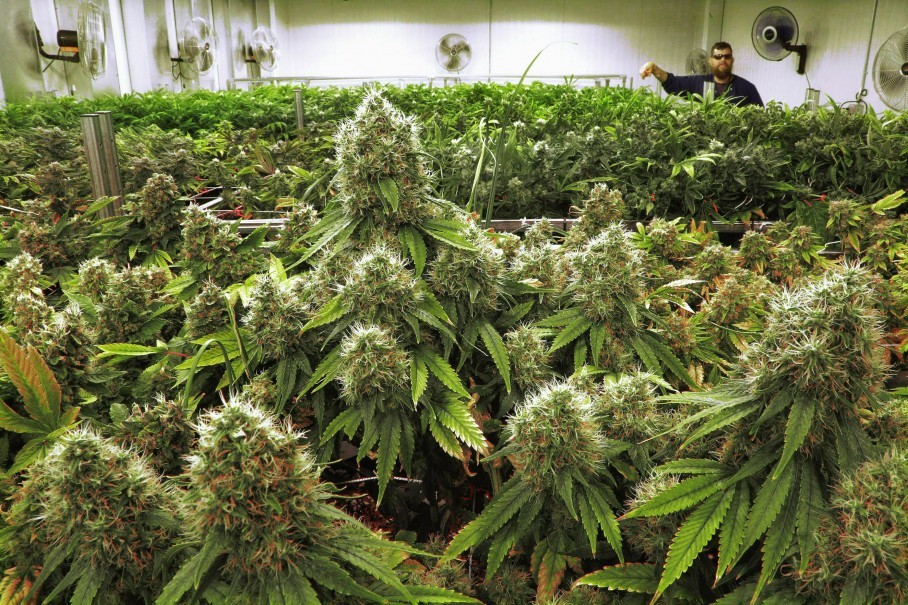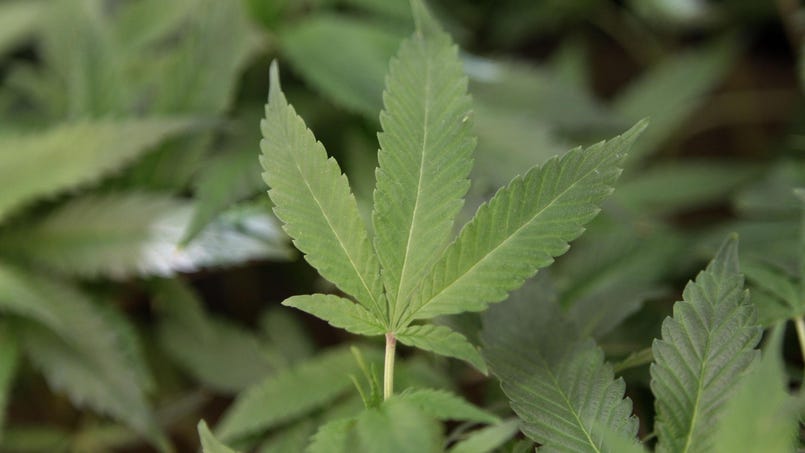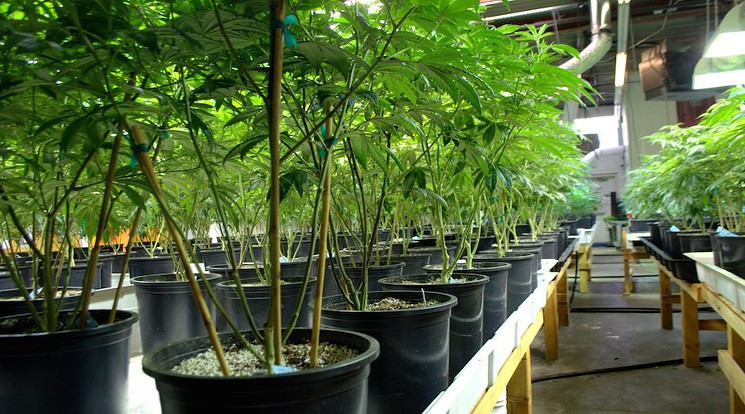Hawaii may be a tropical paradise for tourists, but companies that win licenses to grow and sell medical cannabis in the state might feel as if they’re in purgatory for a while.
Businesses will face enormous challenges at first because of high licensing fees, a patient base that might be reluctant to purchase MMJ from dispensaries, exorbitant electricity costs and strict prohibitions on advertising.
Startup costs could approach $6 million or more, according to estimates from several companies that have applied for licenses, and it might take a while to recoup those expenses and climb into the black.
Dr. Michael Bennett, who now runs the Retina Institute of Hawaii, predicts it will take his company at least two years to reach profitability if it wins a license.
“I think the business will be much tougher than what everybody else believes. The costs are going to skyrocket,” said Bennett, who has recruited Robert and Dawn Barnes, the growers behind Kona Rainforest Organic Coffee Company, to cultivate his company’s cannabis should he land a permit.
Companies in it for the long haul, however, should find a profitable climate after the initial turbulence ends.
Applications In
The state recently closed the application window for the eight business licenses it intends to award, and officials are now reviewing submissions before making final decisions by April 15.
Despite the potential challenges of running a marijuana business in Hawaii, 59 groups submitted 66 applications for the licenses.
The applicants are simultaneously the most colorful and most normal group of medical marijuana license applicants in America. The list includes a retired two-star U.S. Navy admiral, a surfing legend, the developer of a blockbuster video game and actor Woody Harrelson. One applicant even has former Surgeon General Kenneth Moritsugu on its team.
But the applicant list also includes lawyers, physicians, educators and a businessman specializing in tourism and hospitality, reflecting marijuana’s acceptance in the mainstream.
Each winner will be allowed to open up to two cultivation and two dispensaries, with overall operations spread out on the islands of Oahu, Maui, Kauai and the Big Island. Companies that receive licenses can begin selling marijuana as soon as July, pending state approval.
Applicants who win a license will get socked financially right away, as they will have to submit $75,000 to the state for a permit. They’ll have seven days to do so after getting notice that they won or the license goes to the next qualified applicant.
License winners then must pay $50,000 annually in renewal fees – which are among the largest in the country.
License winners must also show that they have $1 million in capital plus $100,000 for each dispensary location, so deep capital reserves are a must.
Home Grow Holdovers
Hawaii legalized medical cannabis in 2000, allowing patients to grow their own marijuana or get it from caregivers but not paving the way for dispensaries until last year.
There are now around 13,150 patients and 2,849 caregivers registered in the state, and those numbers are expected to grow once dispensaries open.
While caregivers will be prohibited from home growing – except for approved minors, and adults not capable of home growing or living on an island without a dispensary – after 2018, winning over patients used to cultivating their own cannabis will still not be easy at first, applicants acknowledged.
“That’s the big unknown, the conversion rate of cardholders that would actually go to the dispensaries,” Bennett said. “There’s a real thirst in Hawaii for informed care. I think that will eventually drive the business aspect…But how long that transition will take is unknown.”
The fear is that most patients will find it cheaper – and better, in terms of quality – to continue growing their own marijuana. The key will be for dispensaries to effectively communicate why buying from a strorefront location is ultimately better.
“That is definitely one of the challenges we’re going to see, getting them even to accept the idea of going to a dispensary to buy their medication,” said Aaron Nelson, who owns a dispensary in Bellingham, Washington State, and is a representative on the team for 2020 Solutions Maui, a group in Hawaii put together by hospitality magnate Craig Hill.
“People will continue to grow their own medical cannabis and some people will opt for the professional environment and having that knowledgeable team there with tested product so they know exactly what they’re getting,” Nelson added.
Bennet said he heard that the state may expand the number of dispensaries if just 500 more patients register- a virtual certainty after dispensaries open.
Breaking home grow patients of old habits will be that much harder because of advertising restrictions that prohibit license winners from using traditional advertising methods like newspaper ads, as well as new ones through social media. License winners will be allowed to have websites that list their hours and menus, and one 1,600-square-inch sign with plain text on their storefront.
But applicants said they believe they can overcome those restrictions through community education and developing word-of-mouth.
“Once people learn all the various things that medical marijuana can do, the market’s going to grow,” said Melvin Chiogioji, a retired Navy admiral who is behind a company – Bridge International – that applied for a license. “The way that we need to do this is to show that we have the best quality product out there, and that we know what the various doses ought to be for particular ailments. The home growers are doing it strictly on the basis of trial and error.”
Nelson said his team would like to see advertising restrictions loosened, but he is confident the current ad rules won’t hinder licensees from connecting with patients.
“It’ll be more of a community education piece than an advertising piece,” Nelson said. “The best form of advertising is word-of-mouth. If you take care of your patients in a way that you would also like to be treated, then that word of mouth advertising will be quick to follow.”
Cost of Living Hurdles
Another major concern will be the island’s high cost of doing business and high cost of living. Hawaii often ranks in the bottom ten or bottom five in those categories on list that track such metrics nationwide. Real estate, salaries and other common business expenses are extraordinarily high in Hawaii.
One of the biggest headaches will be electricity costs, which applicants said are three or four times as much as in mainland states.
At the same time, Hawaii lawmakers have forbidden outdoor growing because of security concerns. That means license winners will have to grow indoors and make expensive investments in renewable energy such as solar power rooftops.
Chiogioji said he hopes his 17 years of experience as an energy expert for the Navy and federal government will help.
“It’s not easy, but it can be done,” he said.
Source: Hawaii No Paradise for Companies That Win Medical Marijuana Licenses – Marijuana Business Daily
A law passed in the ’80s to prevent drug dealers from getting tax breaks is now taking a huge chomp out of legitimate outfits in Colorado and Washington.Legal marijuana sales in Colorado and Washington State have grossed billions, but legal dealers will see little of that thanks to a draconian federal law meant to punish street pushers.





